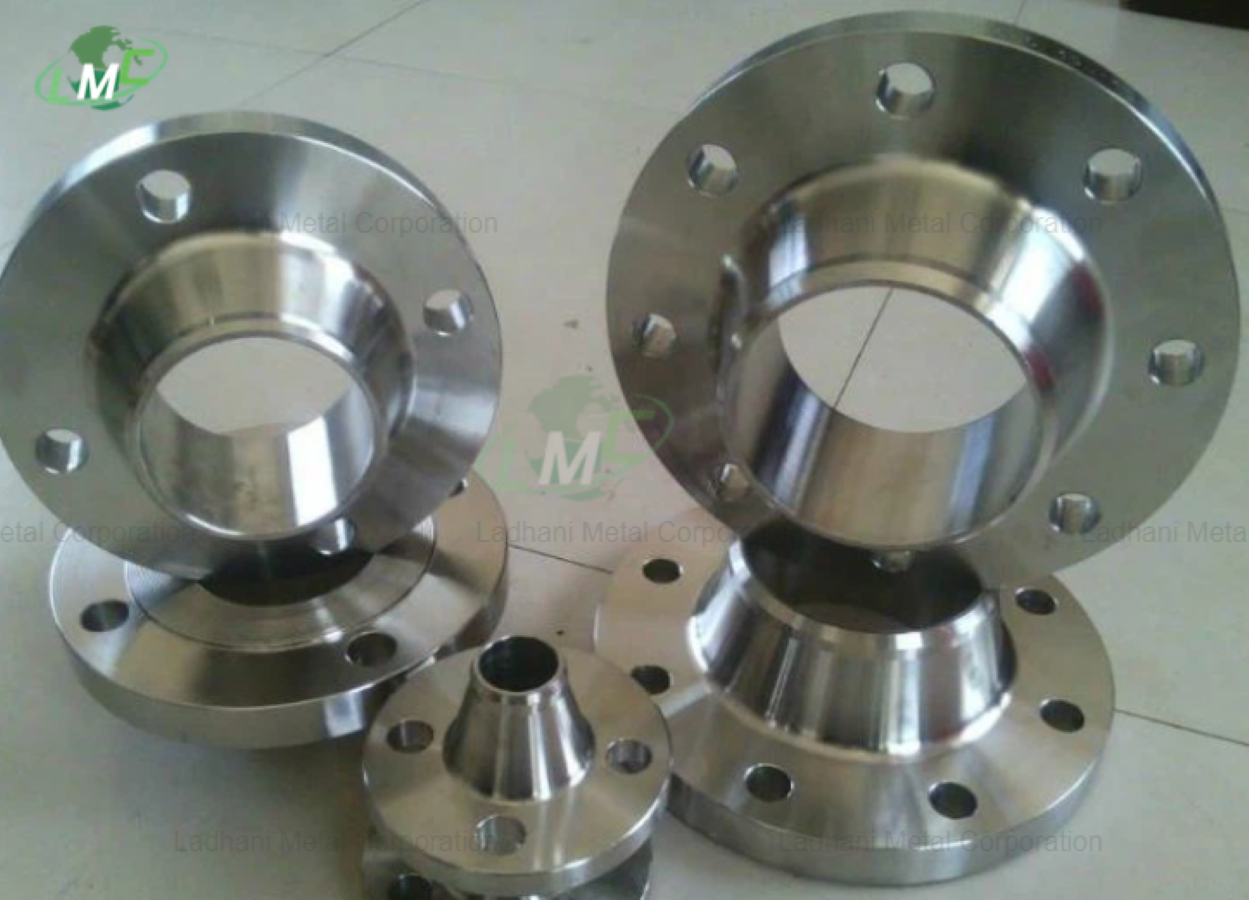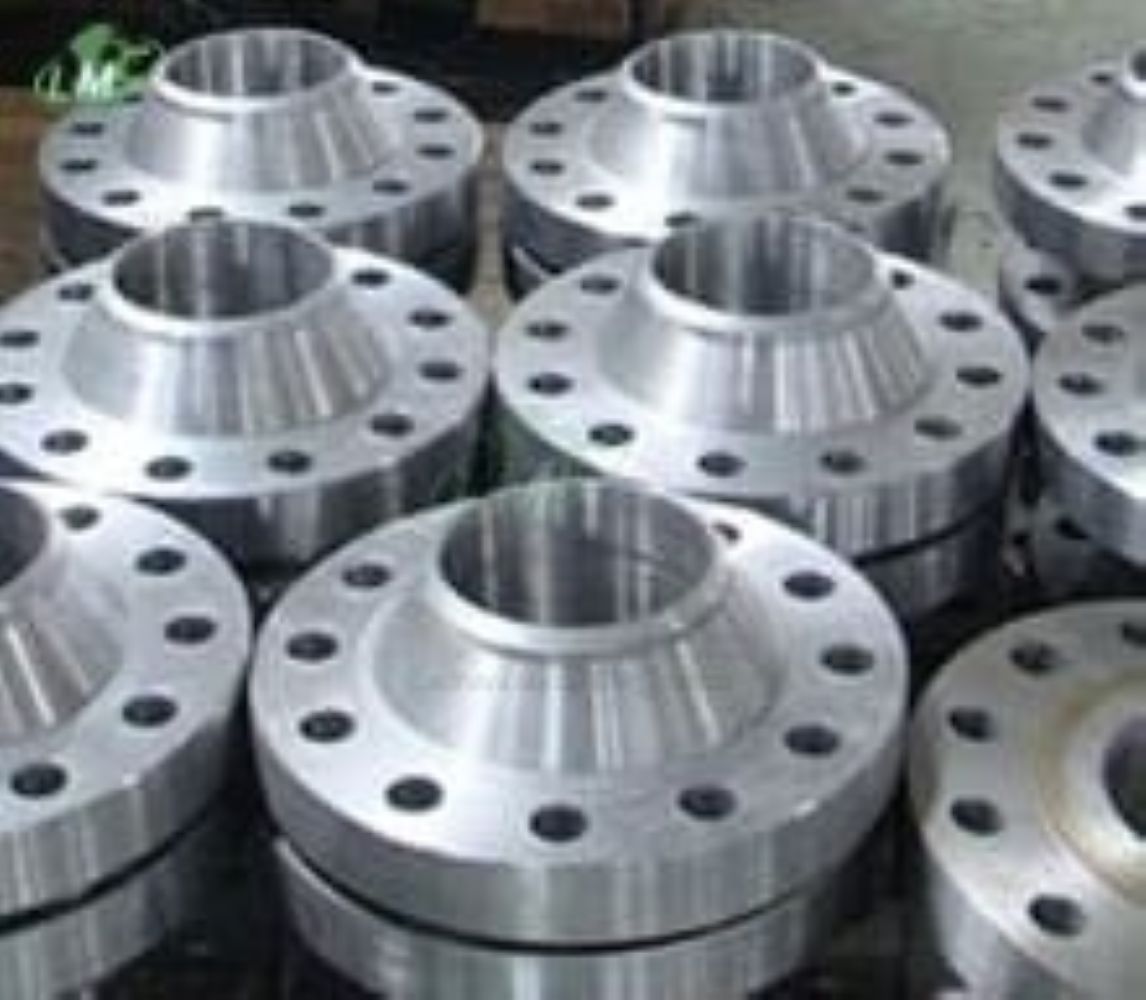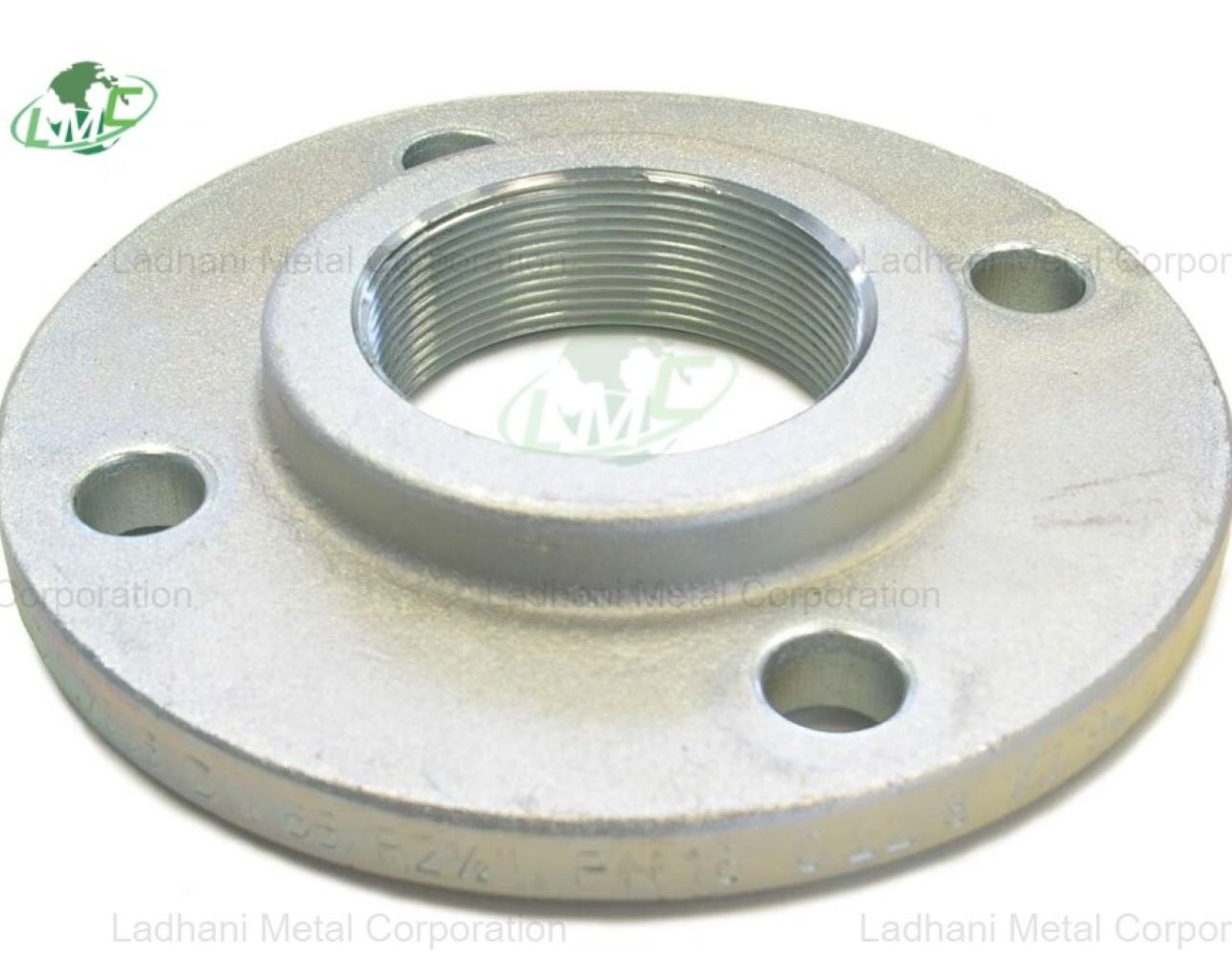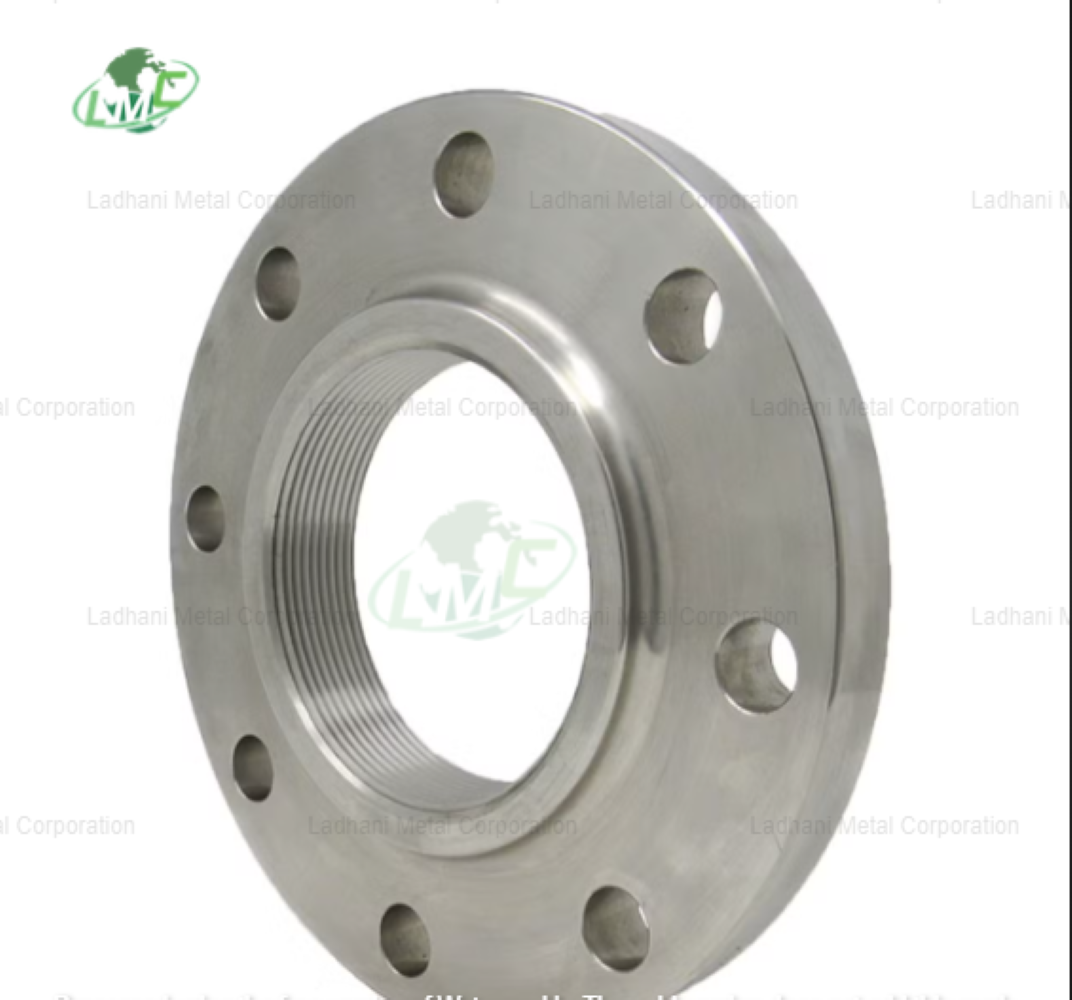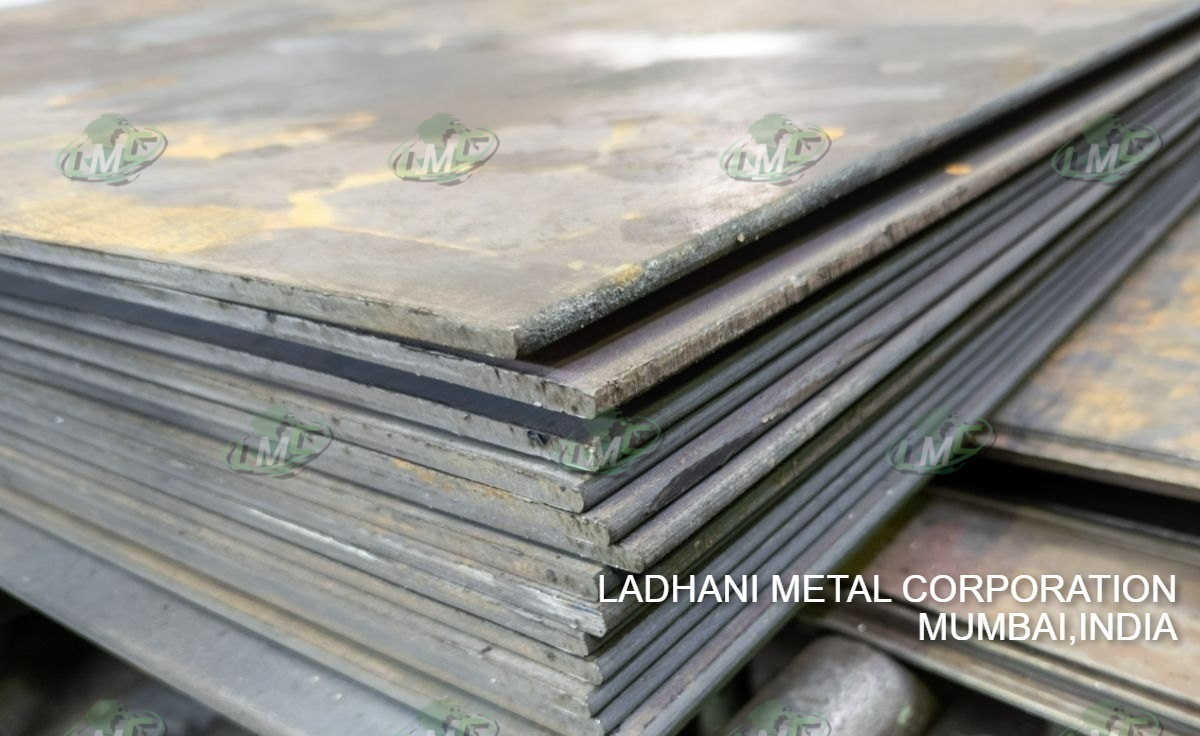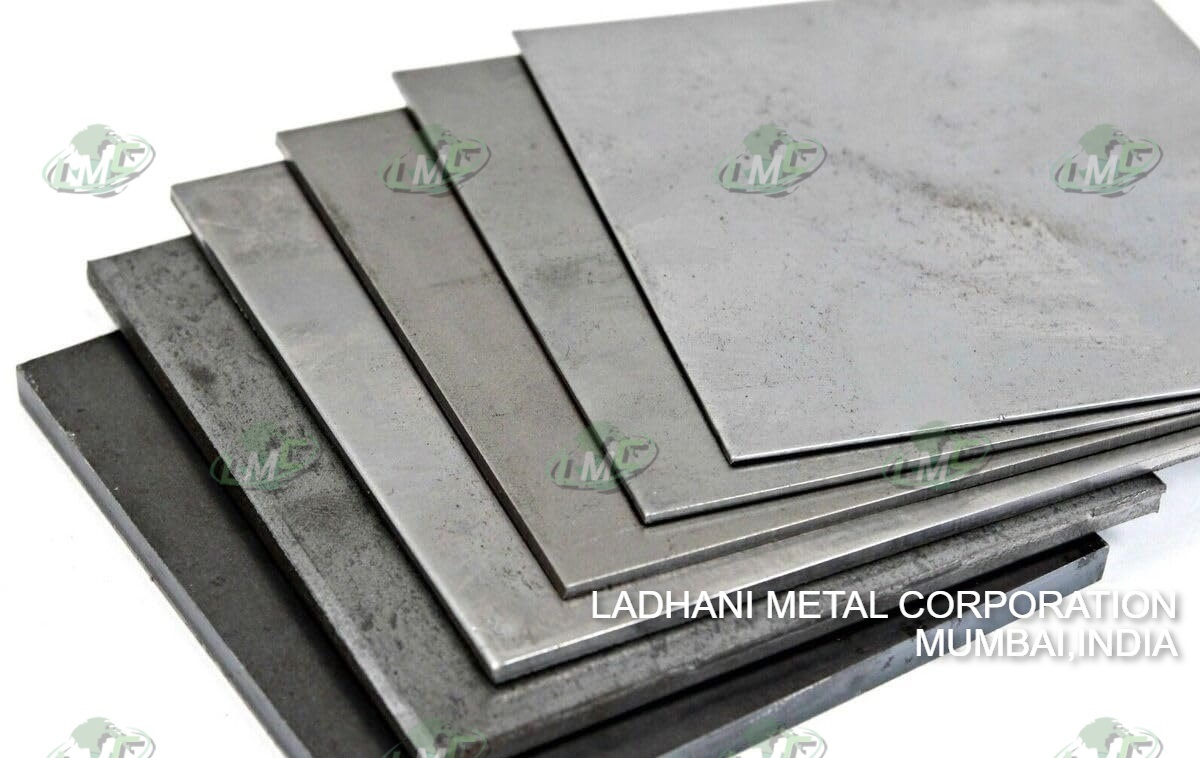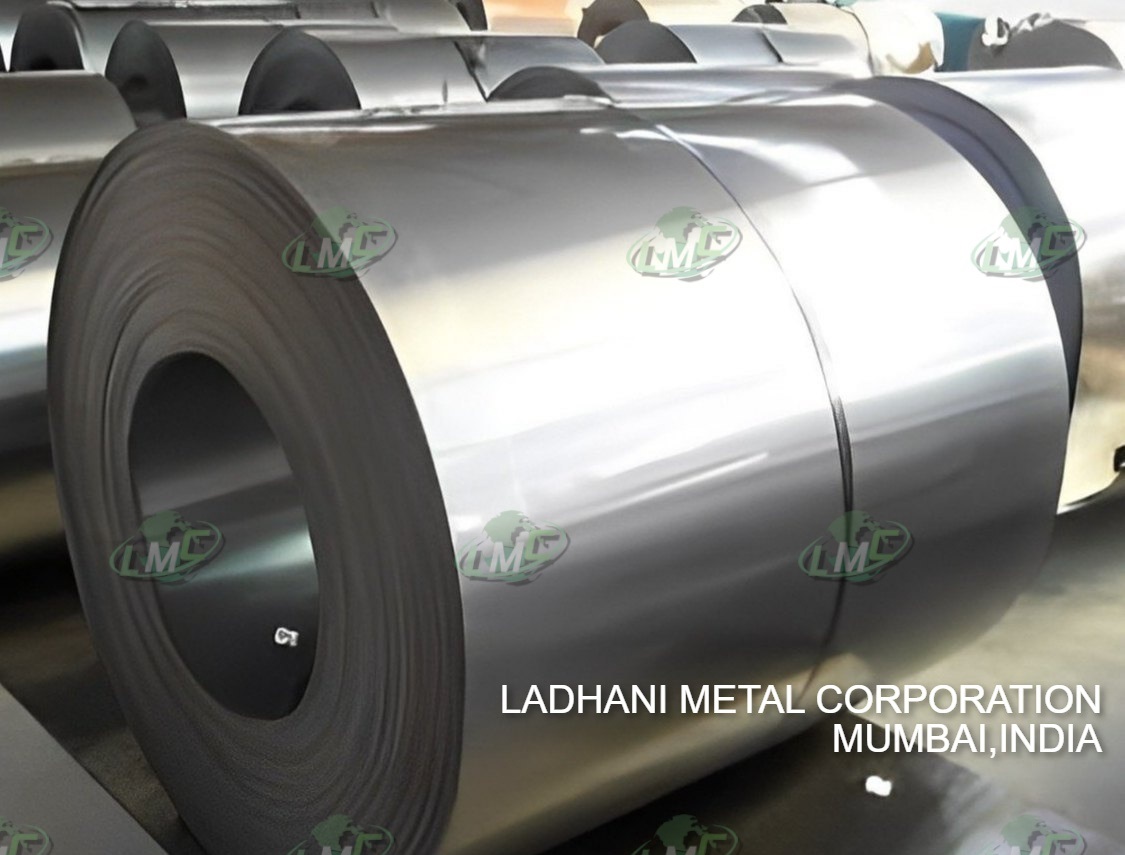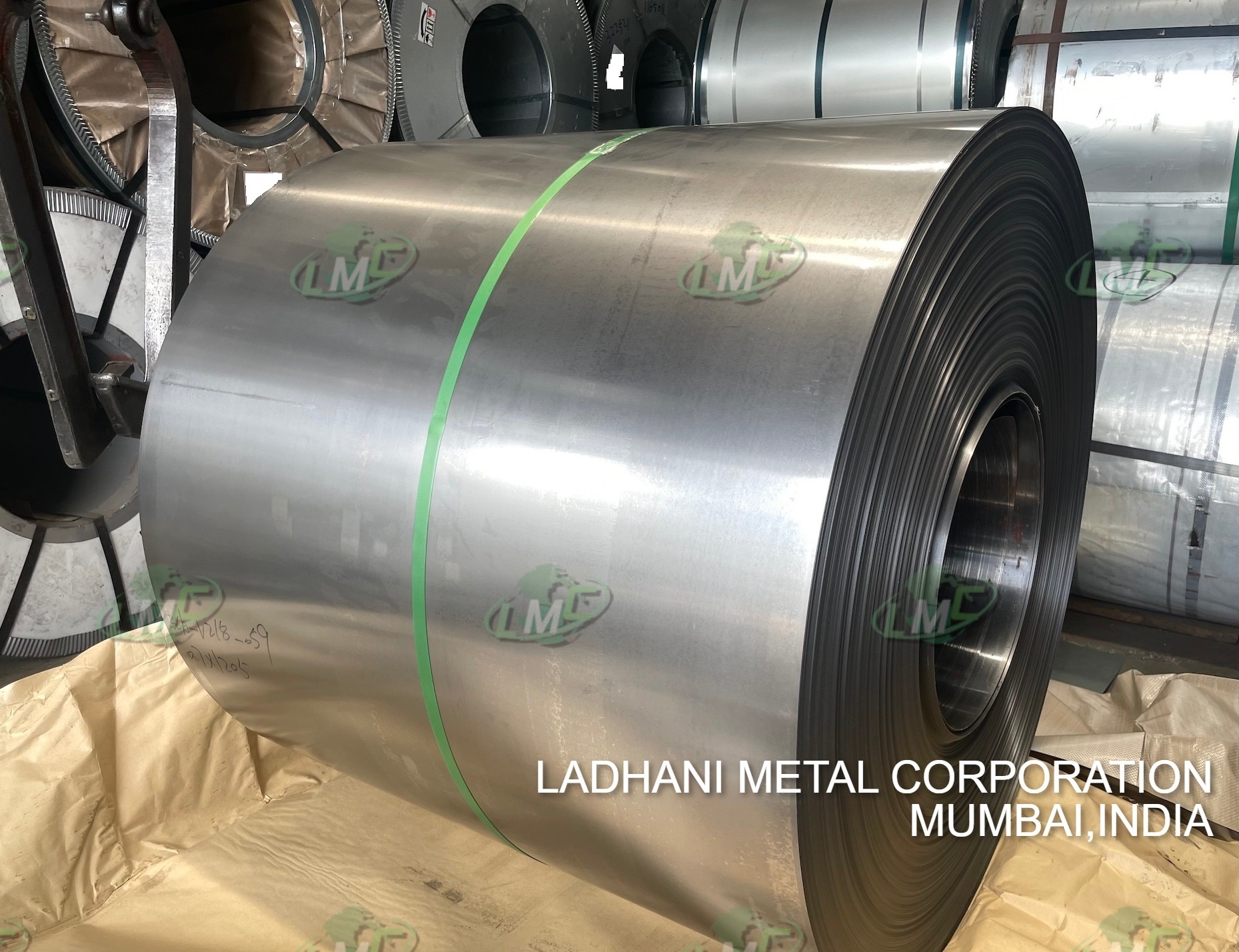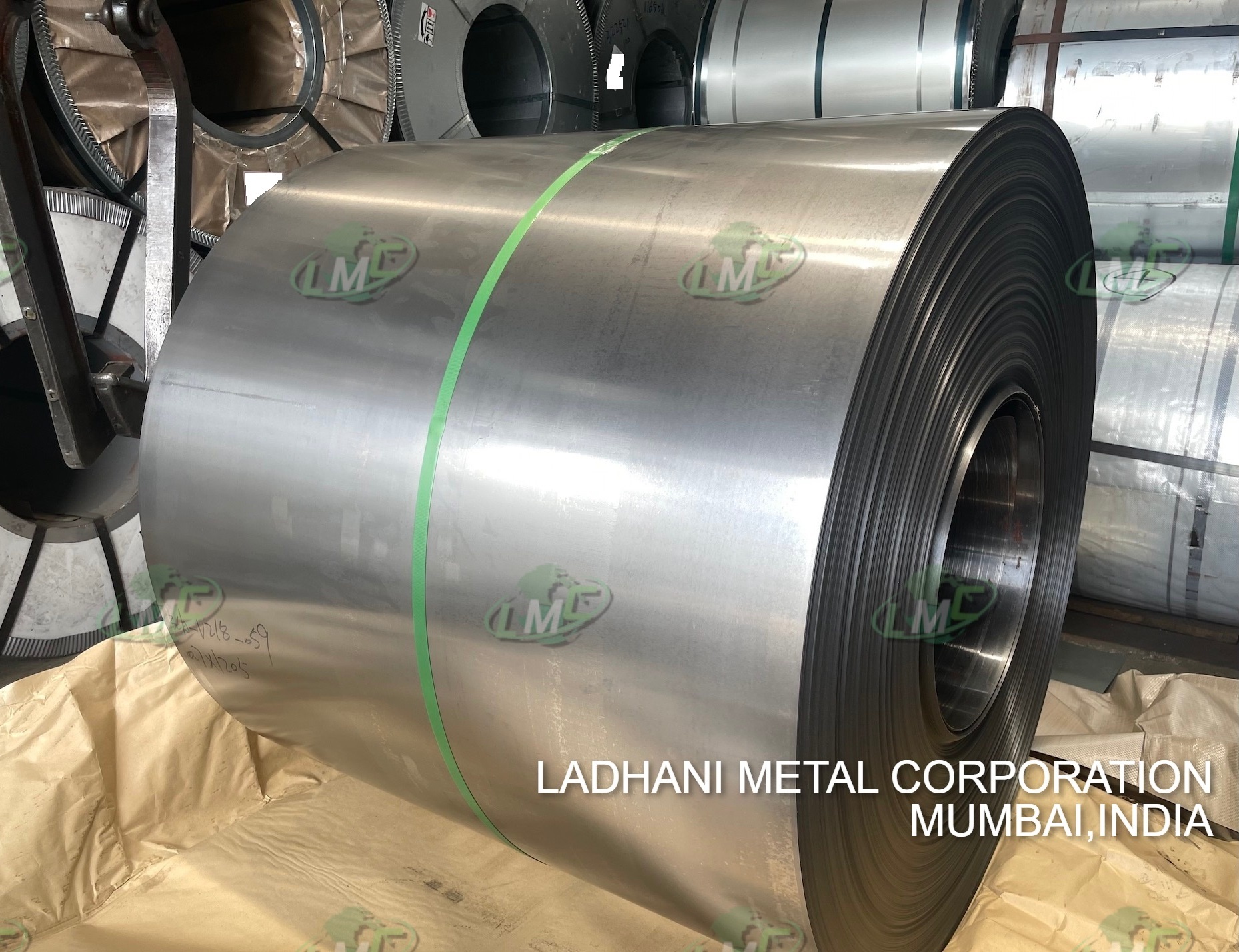DIN 2634 stainless steel flanges PN 25 are precision-engineered weld neck flanges designed and manufactured in accordance with the DIN 2634 standard. These flanges are suitable for high-pressure pipeline systems operating up to 25 bar (362 psi), providing robust and secure connections for a variety of critical industrial applications. Constructed from high-quality stainless steel grades such as 304, 316, and 321, these flanges offer excellent mechanical properties, enhanced corrosion resistance, and dependable performance in aggressive service conditions. Ladhani Metal Corporation is a globally recognized manufacturer and supplier of stainless steel flanges, known for delivering high-precision products that meet stringent international quality and dimensional standards. Each flange undergoes rigorous testing and quality checks to ensure optimal performance, safety, and longevity under high-pressure conditions. Pressure Rating: • PN 25 (25 bar / 362 psi): Engineered for high-pressure environments requiring reinforced flange connections with reliable resistance to corrosion and mechanical stress. Flange Type: • Weld Neck Flanges Incorporating a long tapered hub, weld neck flanges help maintain pipe alignment, reduce stress concentration at the weld joint, and enable smooth fluid flow with minimal turbulence. • Flat Face (FF) Flanges Ideal for systems utilizing soft gaskets or cast components, flat face flanges promote consistent gasket compression and sealing integrity. Stainless Steel Grades and Typical Composition: Stainless Steel 304 • Chromium (Cr): 18.0 – 20.0% • Nickel (Ni): 8.0 – 10.5% • Carbon (C): ≤ 0.08% (304), ≤ 0.03% (304L) • Manganese (Mn): ≤ 2.0% • Silicon (Si): ≤ 1.0% • Phosphorus (P): ≤ 0.045% • Sulfur (S): ≤ 0.03% • Iron (Fe): Balance Applications: Suitable for general-purpose piping systems in environments with moderate corrosion exposure, including potable water and light-duty process lines. Stainless Steel 316 • Chromium (Cr): 16.0 – 18.0% • Nickel (Ni): 10.0 – 14.0% • Molybdenum (Mo): 2.0 – 3.0% • Carbon (C): ≤ 0.08% (316), ≤ 0.03% (316L) • Manganese (Mn): ≤ 2.0% • Silicon (Si): ≤ 1.0% • Phosphorus (P): ≤ 0.045% • Sulfur (S): ≤ 0.03% • Iron (Fe): Balance Applications: Ideal for systems exposed to chlorides, cleaning agents, or other corrosive substances such as in chemical processing, pharmaceuticals, and marine environments. Stainless Steel 321 • Chromium (Cr): 17.0 – 19.0% • Nickel (Ni): 9.0 – 12.0% • Titanium (Ti): ≥ 5 × C (typically 0.20 – 0.70%) • Carbon (C): ≤ 0.08% • Manganese (Mn): ≤ 2.0% • Silicon (Si): ≤ 1.0% • Phosphorus (P): ≤ 0.045% • Sulfur (S): ≤ 0.03% • Iron (Fe): Balance Applications: Frequently used in high-temperature services such as thermal processing equipment, exhaust systems, and heat exchangers due to its stability against intergranular corrosion. Applications of DIN 2634 Stainless Steel Flanges PN 25: • Chemical Processing Units Handles higher operating pressures in systems transporting acids, alkalis, and solvents. • Marine and Offshore Installations Resistant to pressure fluctuations and saltwater corrosion in offshore piping networks. • Pharmaceutical and Biotech Plants Used in clean process environments where both pressure integrity and corrosion resistance are critical. • Industrial Steam and Thermal Systems Suitable for steam distribution and thermal expansion pipelines operating under high pressure. • Power Generation Facilities Applied in turbine piping, heat recovery systems, and pressurized cooling water circuits. Key Features: • Manufactured to DIN 2634 dimensional and pressure specifications • PN 25 pressure rating supports high-pressure operation • Weld neck design ensures leak-tight, stress-resistant connections • Available in stainless steel grades 304, 316, 321 and their low-carbon variants • Superior resistance to high-temperature corrosion and chemical attack • Long-term mechanical strength and fatigue resistance • Custom sizes, finishes, and pressure ratings available upon request Conclusion: DIN 2634 stainless steel flanges PN 25 from Ladhani Metal Corporation are engineered for high-performance use in high-pressure industrial environments where safety, corrosion resistance, and durability are paramount. These flanges are ideal for chemical, marine, thermal, and high-purity applications requiring strong, leak-resistant, and corrosion-resistant connections. For technical support, customized solutions, or pricing details, contact Ladhani Metal Corporation today.

